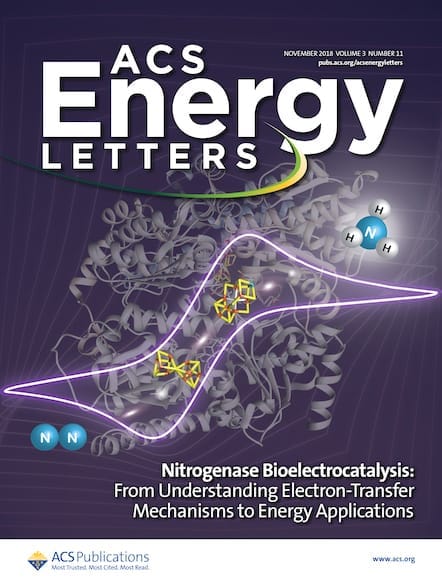Colloidal semiconductor nanocrystals (NCs) became popular in last three decades because of both fundamental properties and applications including energy-related applications, like solar cells, light-emitting diodes, and photocatalysis. One of the major problems of these NCs is the large density of surface defects that trap charge carriers and consequently decreases the efficiency of electronic, optical, and […]

Colloidal semiconductor nanocrystals (NCs) became popular in last three decades because of both fundamental properties and applications including energy-related applications, like solar cells, light-emitting diodes, and photocatalysis. One of the major problems of these NCs is the large density of surface defects that trap charge carriers and consequently decreases the efficiency of electronic, optical, and optoelectronic processes. These surface defects are an integral part of a NC and cannot be removed. Therefore, making a defect-free (or low defect density) NC is probably not an option. Instead, researchers mainly focus on manipulating energy levels of such defect states, in an attempt to achieve defect-tolerant systems.
Colloidal CsPbX3 (X = Cl, Br, I) are being explored extensively as an interesting variety of defect-tolerant materials, wherein high efficiencies of optical and optoelectronic processes can be achieved even in the presence of surface defects. This defect-tolerant nature arises mainly because of the unique electronic band structure of these perovskites. Consequently, synthesis and exploration of other metal halide {CsSnX3, Cs2SnX6, and (CH3)3Bi2X9} NCs with electronic band structure similar to that of CsPbX3 perovskite have begun with high promise. Another initiative to tailor the properties is the doping of metal ions (Mn2+, Zn2+, Cd2+, Sn2+, and Bi3+) into the lattice of CsPbX3 NCs. Furthermore, nanocomposites of CsPbX3–metal and CsPbX3–dielectric layer–metal have been attempted. Here we discuss the recent progress in the research of these colloidal metal halide NCs that are either analogous to CsPbX3 perovskites or derivatives of CsPbX3 perovskites.
In this video based on a Perspective from ACS Energy Letters, Abhishek Swarnkar, Vikash Kumar Ravi, and Angshuman Nag discuss the synthesis, optical properties, and applications (electronic, optical, and optoelectronic) of colloidal metal halide NCs that are either analogous to CsPbX3 NCs or derivatives of CsPbX3 NCs.

